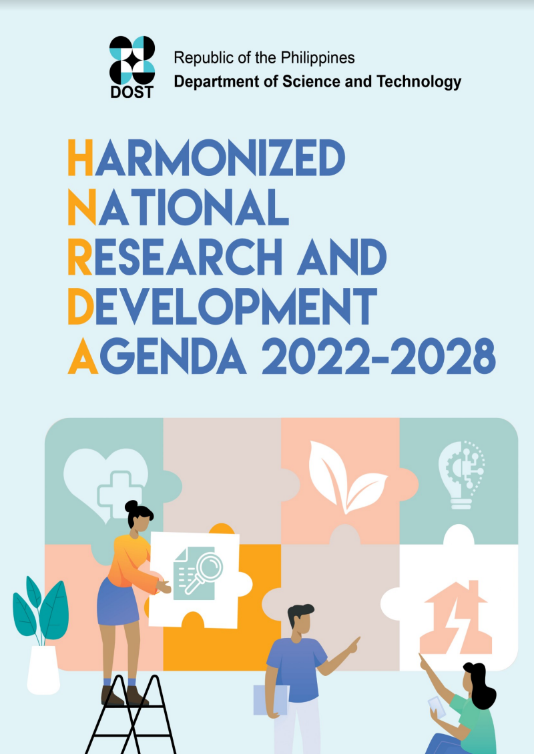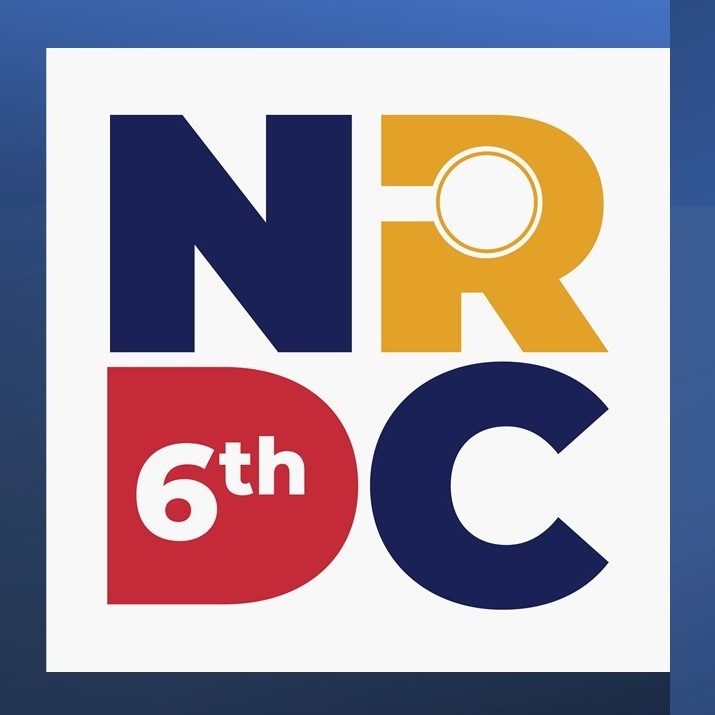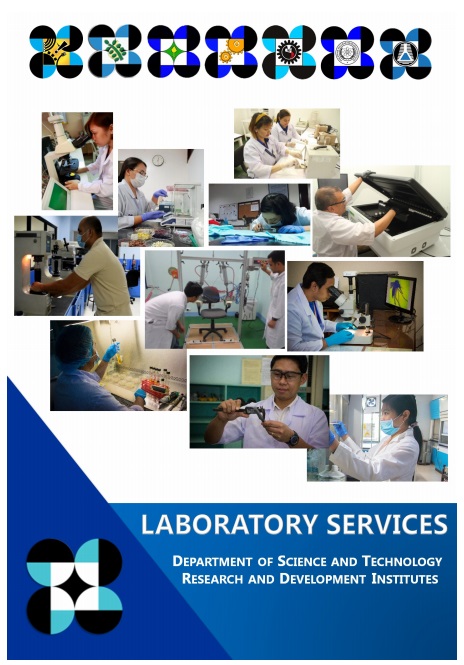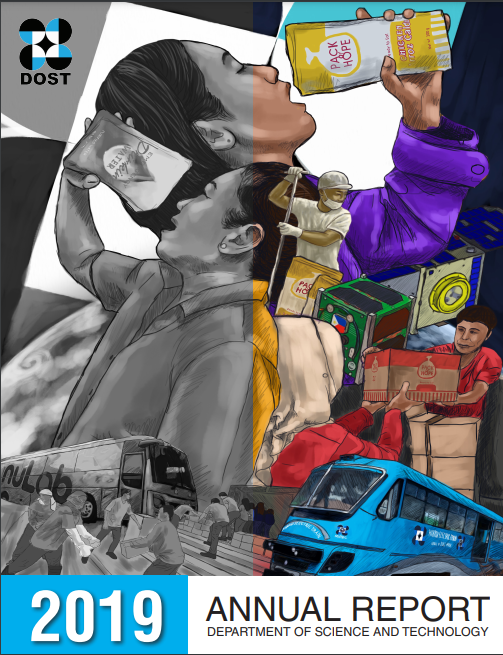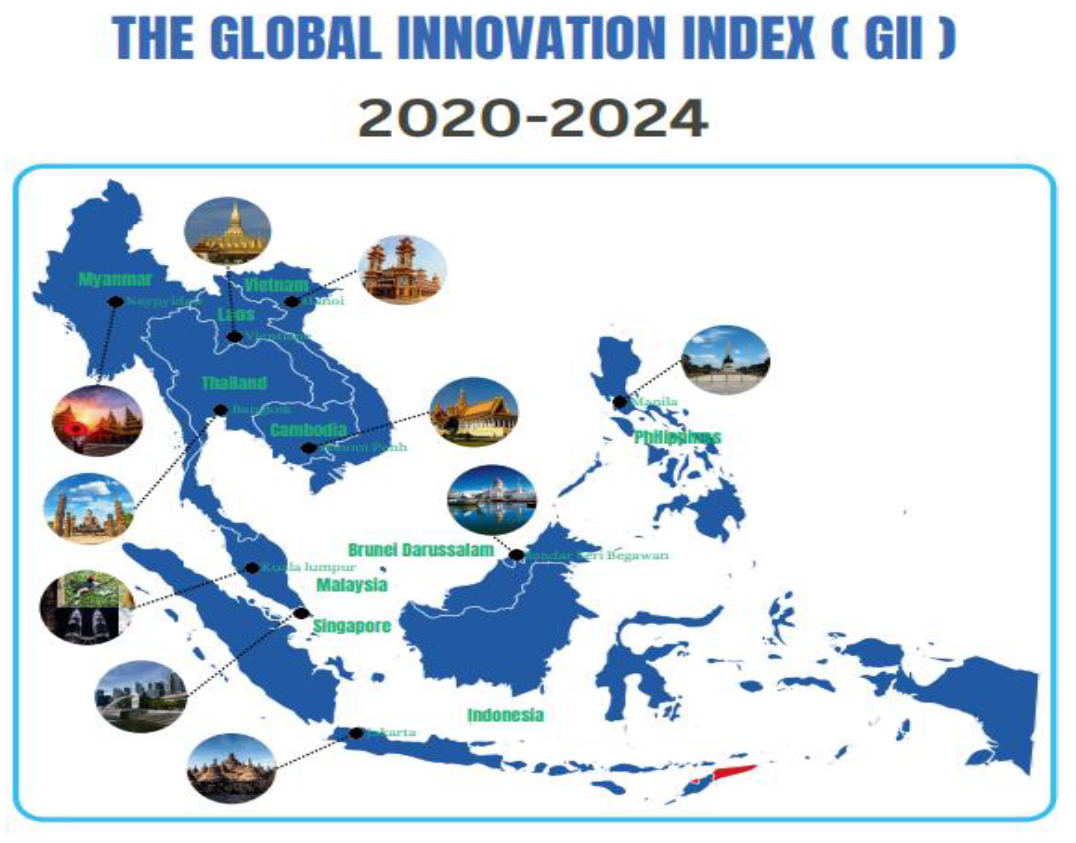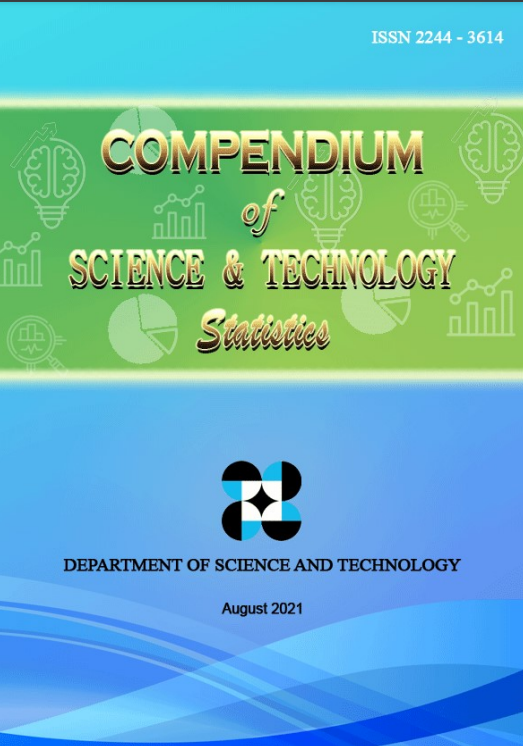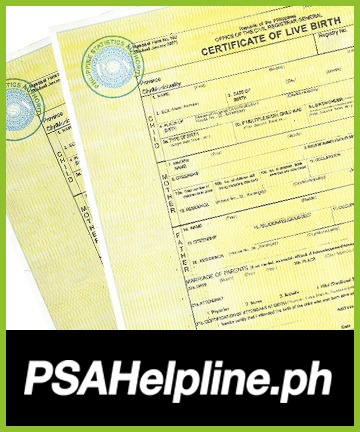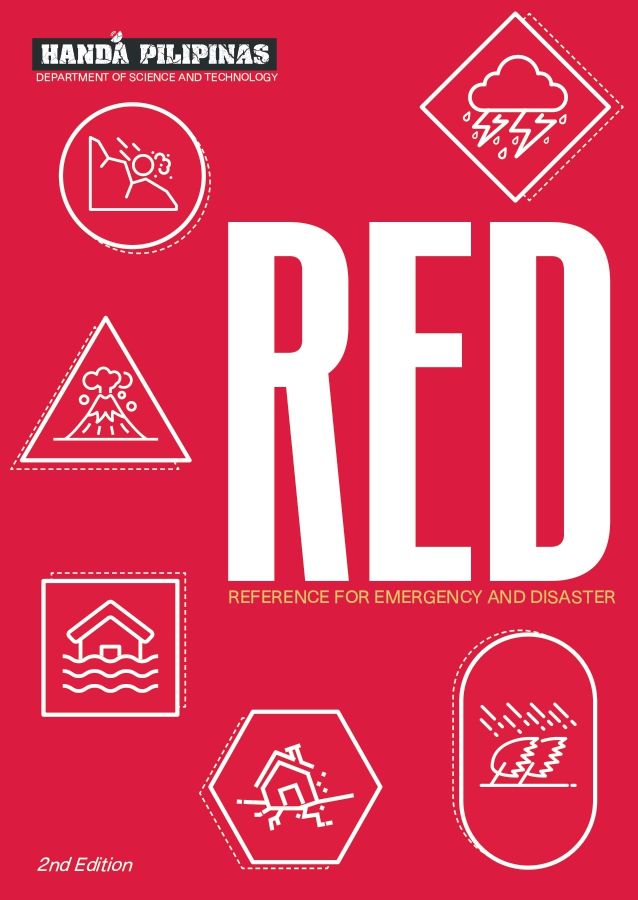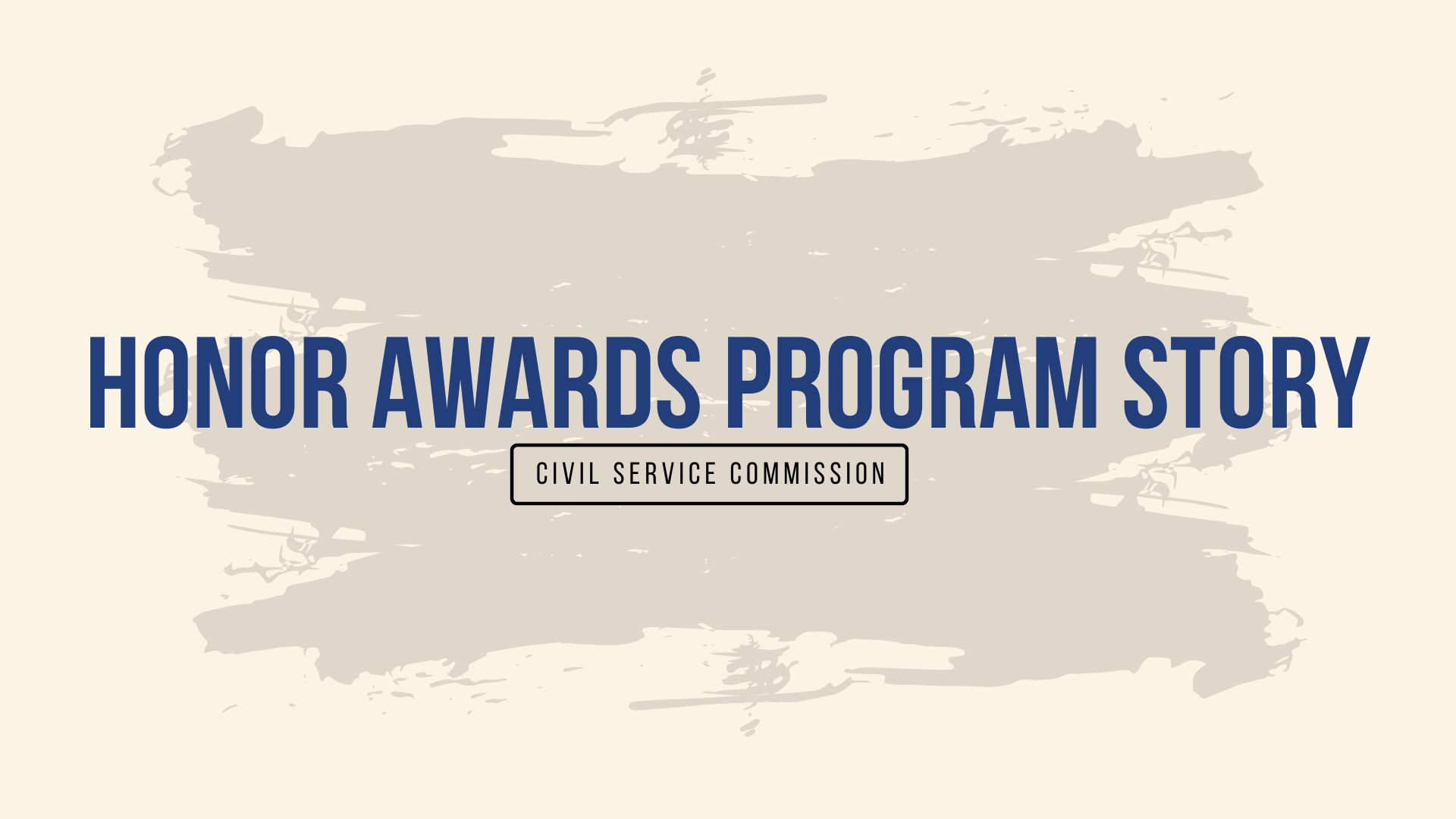Free seminar on renewable energy technology up at DOST May 30
- Details
- Hits: 8182
The Department of Science and Technology will host a free seminar on renewable energy technology for building, agricultural, and industry application May 30 1-5PM at the DOST Executive Lounge, Bicutan, Taguig, Metro Manila. Sponsoring the free seminar is the Free Eco + Energy Development Society (FEEDS) in cooperation with the DOST and its line agency Technology Application and Promotion Institute.
Renewable energy technologies are essential contributors to the energy supply portfolio, as they contribute to world energy security, reduce dependency on petroleum based products, such as diesel and LPG, and provide opportunities for individual self-reliance.
Climate change, pollution, and energy insecurity are among the current greatest problems. Addressing these problems requires major changes to energy infrastructure. The world is currently shifting from coal, oil, and gas to wind, solar, and geothermal energy. Moreover, the new energy economy harnesses wind, solar, and biogas energy.
Topics to be discussed at the forum include biogas preparation and development, irrigation wind and run off water spiral pump, solar and wind energy assembly and servicing, and emerging energy generations. The discussions will have actual demonstrations.
The seminar is open to the public. However, early registration is required. Interested individuals may contact Ms. Onnie Ramos, FEEDS executive director, at tel nos: 2261965 or 4819776 or email: This email address is being protected from spambots. You need JavaScript enabled to view it..
Tropical Cyclone Warning: Typhoon "CHEDENG" (SONGDA)
- Details
- Hits: 5226
Severe Weather Bulletin No. 9
Tropical Cyclone Warning: Typhoon "CHEDENG" (SONGDA)
Issued at 11:00 a.m., Wednesday 25 May 2011
"CHEDENG" has intensified into a typhoon as it remained almost stationary.
Areas having Public Storm Warning Signal
Signal No. 2 (Winds of 61-100 kph is expected in at least 24 hrs)
Luzon: Catanduanes, Sorsogon, Albay, Camarines Sur, and Camarines Norte
Visayas: Samar provinces
Mindanao: None
Signal No. 1 (Winds of 45-60 kph is expected within the next 36 hours)
Luzon: Marinduque, Masbate, Burias and Ticao Islands, Southern Quezon and Polilio Is.
Visayas: Biliran Island, Northern Leyte
Mindanao: None
Residents in low lying and mountainous areas under signals #2 & #1 are alerted against possible flashfloods and landslides. Likewise, those living in coastal areas are alerted against big waves or storm surges generated by this tropical cyclone.
Typhoon "Chedeng" is expected to enhance the southwest monsoon and will bring rains over Visayas and Mindanao.
The public and the disaster coordinating councils concerned are advised to take appropriate actions and watch for the next bulletin to be issued at 5 PM today.
For updated information on CHEDENG and Storm Warning Signals, visit: http://www.weather.gov.ph/index.php?option=com_content&view=article&id=1313:severe-weather-bulletin-no-9&catid=213:severe-weather-bulletin&Itemid=488
DOST launches PINOY program in Occidental Mindoro
- Details
- Hits: 4426
Paluan, a sleepy town on the northernmost edge of Occidental Mindoro, will be abuzz for the next few days as experts from the country’s lead agency in food and nutrition research gather up nutrition workers, mothers and children in the community for an intensive nutrition enhancement program.
This stemmed from the 2008 Operation Timbang findings that Paluan, with a population of 13,718 as of 2007, ranked fifth among towns in the province of Occidental Mindoro with the most number of malnourished kids.
The program, dubbed “Package for the Improvement of Nutrition of Young Children” or PINOY, was launched May 1 in this town, coinciding with its 101st Foundation Day celebration. The launch was followed by nutrition education training for Barangay Nutrition Scholars (BNS) by DOST-FNRI resource persons. The BNS themselves will later train the mothers and caregivers on breastfeeding, meal planning, proper food handling, and others, including hygiene and sanitation.
And for the three-pronged program’s third component, DOST-FNRI will hold a 120-day feeding of DOST-FNRI-developed complementary foods to children aged six months to three years old.
PINOY will also be launched in the nearby town Abra de Ilog on May 9.
“DOST developed this program purposely for children of said age group because this is the most critical period in a child’s life,” said DOST Sec. Mario Montejo.
Any inadequacy in a child’s diet will result in irreversible long-term physical and mental damage, so nutrition intervention is very important at this period, according to nutrition experts.

Normal 0 false false false EN-US X-NONE X-NONE MicrosoftInternetExplorer4
Paluan Mayor Abelardo Pangilinan receives the training modules and complementary food samples from DOST-FNRI Director Mario Capanzana and Occidental Mindoro SP Board Member Antonio Rebong Jr.

Normal 0 false false false EN-US X-NONE X-NONE MicrosoftInternetExplorer4
Paluan Mayor Abelardo Pangilinan feeds one of the child beneficiaries of DOST’s PINOY with FNRI-developed complementary food.
Read more: DOST launches PINOY program in Occidental Mindoro
DOST-PCAMRD holds Second National Congress on Philippine Lakes
- Details
- Hits: 3796
The Philippine Council for Aquatic and Marine Research and Development will hold the Second National Congress on Philippine Lakes April 27-29, 2011 at SEARCA, Los Baños, Laguna. Dubbed as the LakeCon 2011, the Congress aims to enhance public awareness, explore new perspectives and options for coping with sweeping development imperatives, build on existing knowledge, find better solutions to growing environmental threats and foster stronger alliances for decisive action.
The Congress has the theme "Building on the Pillars on Integrated Lake Basin Management" to create awareness on integrated lake basin management (ILBM) as an option that can be applied at the national and local levels and to help the country move forward strategically to a common framework for lake management.
ILBM is an approach that considers lakes and their basins as simple mutually-interacting management units. ILBM integrates six management elements or pillars resiliency, namely institutions, policy, stakeholder participation, technology, science, and finances.
The complexities of this approach require the converging in a single venue of the experts, key stakeholders, decision makers and financing sources to share their knowledge and experiences, promote collaboration and linkages, and build consensus on the future of basin-wide approaches to lake management.
In 2003, the First National Congress on Philippine Lakes or LakeCon 2003 brought together more than 100 stakeholders from government, academe, NGOs, Local Government Units and business companies who signed a declaration on their vision of Philippine lakes as heritage and pride of the Filipino people.
The Congress became a launching pad for organizing the Philippine Lakes Network (PlaNet), a group of individuals committed to strengthening partnerships and information sharing on the status of lake and inland resources.
Seven years hence, the country's lakes remain threatened by growing demands for fish, water supply electricity, transportation routes, vegetation and habitats and the perils from climate change, land degradation, pollution, flooding and population fluxes to shore land areas.
For more information on LakeCon 2011, please visit http://www.pcamrd.dost.gov.ph/lakecon/.













